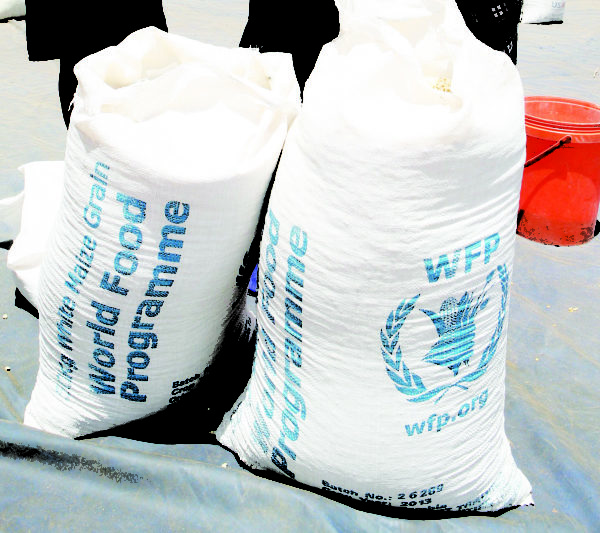
By NQOBANI NDLOVU
THE United Nations Food and Agriculture Organisation (FAO) and the World Food Programme (WFP) have listed Zimbabwe among 20 other countries in the world that face a food security crisis despite the country anticipating a bumper harvest this year.
Government forecasts a bumper harvest of nearly 2,8 million tonnes of maize following the good rains, a figure which is three times the 2020 harvest of 900 000 tonnes.
The country’s annual requirements are estimated at 1,8 million tonnes.
But the latest FAO-WFP Hunger Hotpot report for March to July 2021 said some of the underlying economic problems in Zimbabwe will expose the country to a food crisis for the majority of citizens despite the expected good harvests.
“Zimbabwe continues to suffer from a complex food security crisis, driven by weather shocks and persistent macroeconomic instability that is worsened by the effects of the COVID-19 pandemic. Rampant food inflation remains a key driver of acute food insecurity,” the report said.
The FAO-WFP Hunger Hotspots report is an early warning analysis of countries and situations, called hotspots, where food insecurity is likely to deteriorate over the coming months.
These hotspots are identified through a consensus-based analysis of key drivers of food insecurity, and their likely combination and evolution across countries and regions.
- Chamisa under fire over US$120K donation
- Mavhunga puts DeMbare into Chibuku quarterfinals
- Pension funds bet on Cabora Bassa oilfields
- Councils defy govt fire tender directive
Keep Reading
“Despite a slowdown in monthly price increases since mid-2020, and a stabilisation of the official exchange rate, food prices in February 2021 were still 35% higher than the year before. The high prices continue to erode households’ ability to afford food, while expectations point to persisting high levels of inflation.
“The arrival of newly-harvested food crops is expected to improve the food security situation after March, particularly among rural populations, but conditions are likely to remain precarious, as many households have already exhausted their food stocks from previous harvests after two consecutive years of well-below-average production.”
The report adds that the continued closure of land borders, particularly with South Africa, could further disrupt the flow of goods, employment, incomes and prices, and likely to hinder economic growth and recovery.
It further states that Zimbabwe is now susceptible to hunger primarily due to conflict dynamics, economic shocks, the socio-economic impacts of COVID-19, weather extremes, plant pests and animal diseases.











